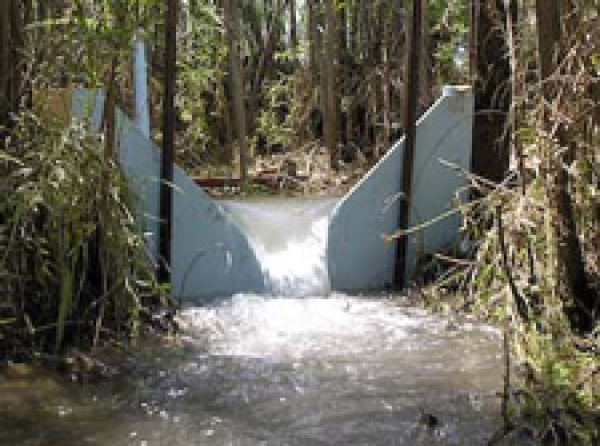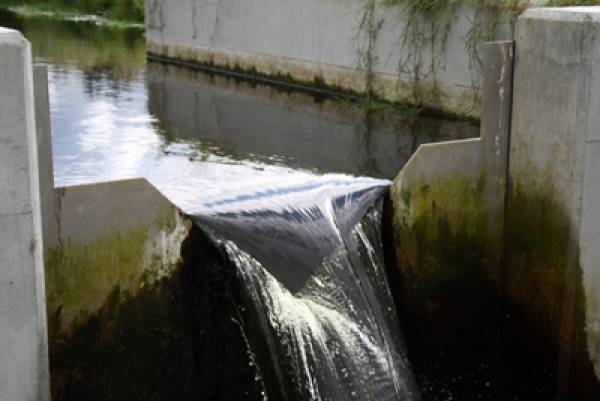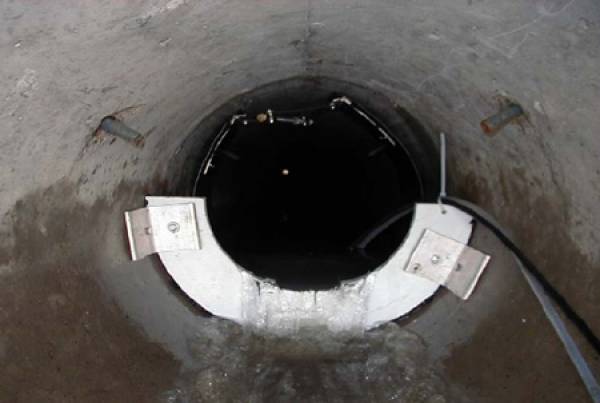This website uses a variety of cookies, which you consent to if you continue to use this site. You can read our Privacy Policy for
details about how these cookies are used, and to grant or withdraw your consent for certain types of cookies.
Free-Flow Equations for V-Notch Weirs of Any Angle
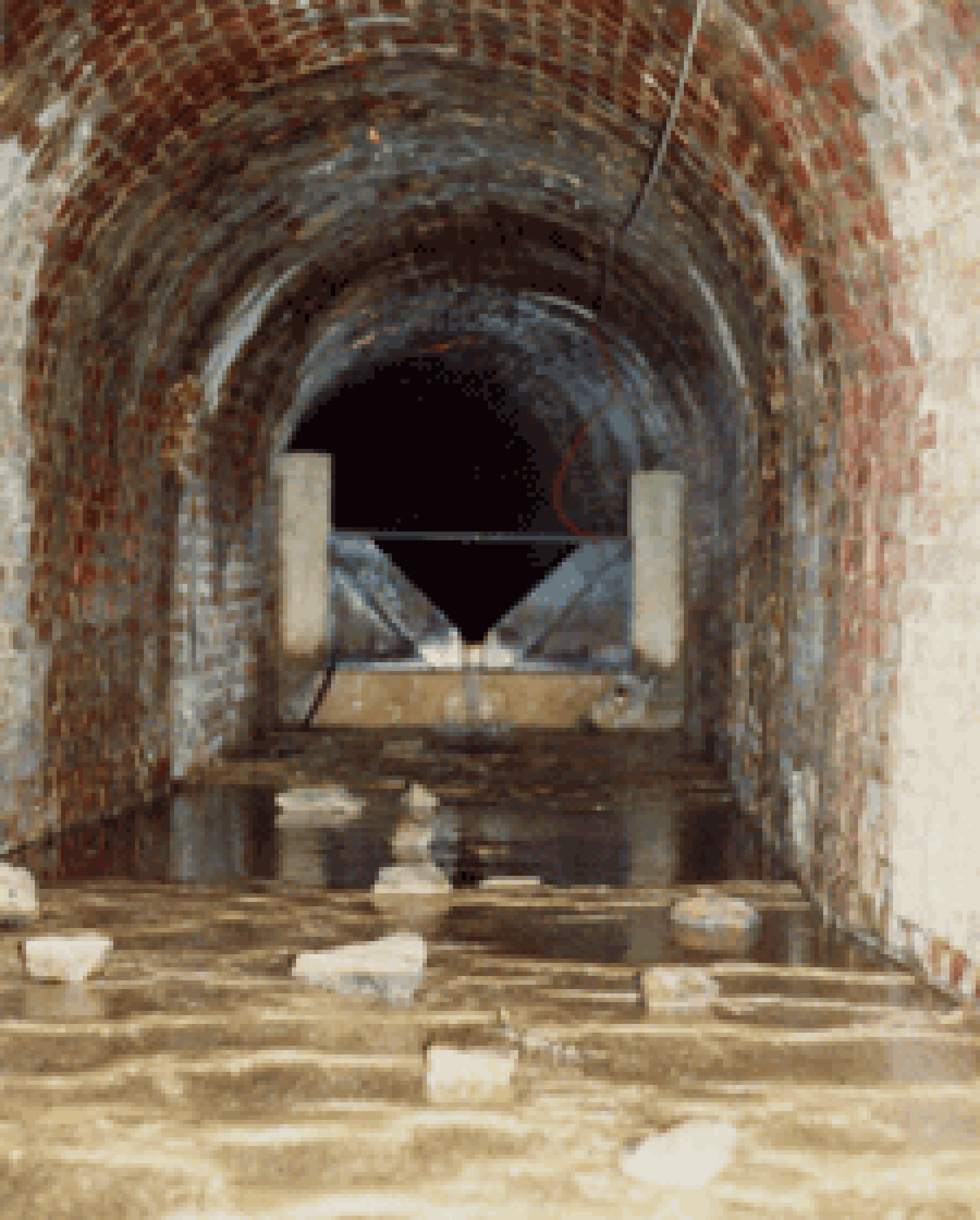
There are six standard angles for V-notch weirs:
- 22-1/2º
- 30º
- 45º
- 60º
- 90º
- 120º
From time to time this range of sizes is not enough...
Sometimes there is a need to correct for a weir plate cut at an incorrect angle. While other times the flows of a particular site don’t match up well with the flow characteristics of the standard sizes of V-notch weirs.
Regardless of the reason, there is a need to be able to calculate discharge equations for intermediate V-notches.
For V-notches between 25 and 100 degrees, the Kindsvater-Shen relationship can be applied to calculate the free-flow discharge equation (Kulin and Compton).
Discharge Equation for Intermediate V-Notches
The equation is as follows:
Equation — Free-flow Discharge (Kulin & Compton)
Q = discharge (cfs)
Ce = effective discharge coefficient
h1 = head on the weir (feet)
h1e = h1 + kh (feet)
kh = head correction factor (feet)
θ = angle of V — notch
Ce = effective discharge coefficient
h1 = head on the weir (feet)
h1e = h1 + kh (feet)
kh = head correction factor (feet)
θ = angle of V — notch
The effective discharge coefficient, Ce, and the head correction factor, kh, can be obtained from the charts below (BSI):
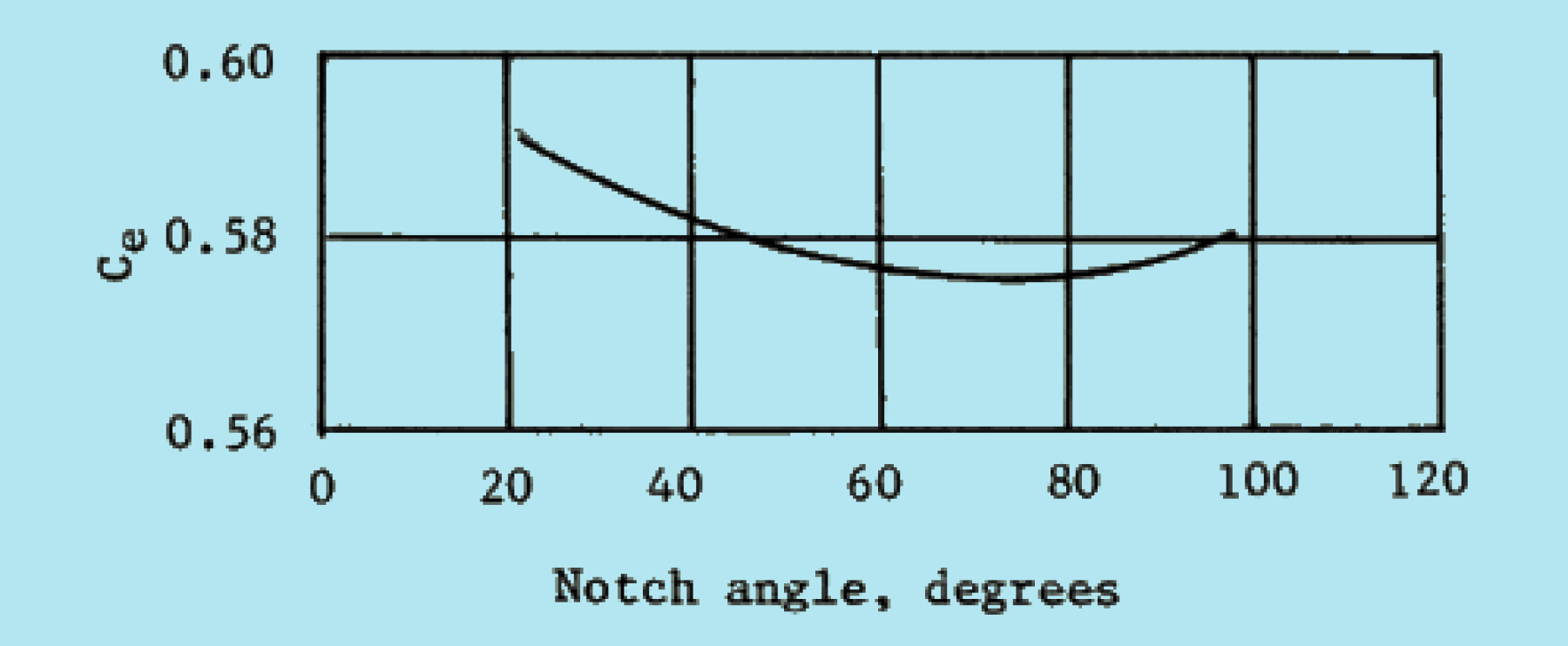
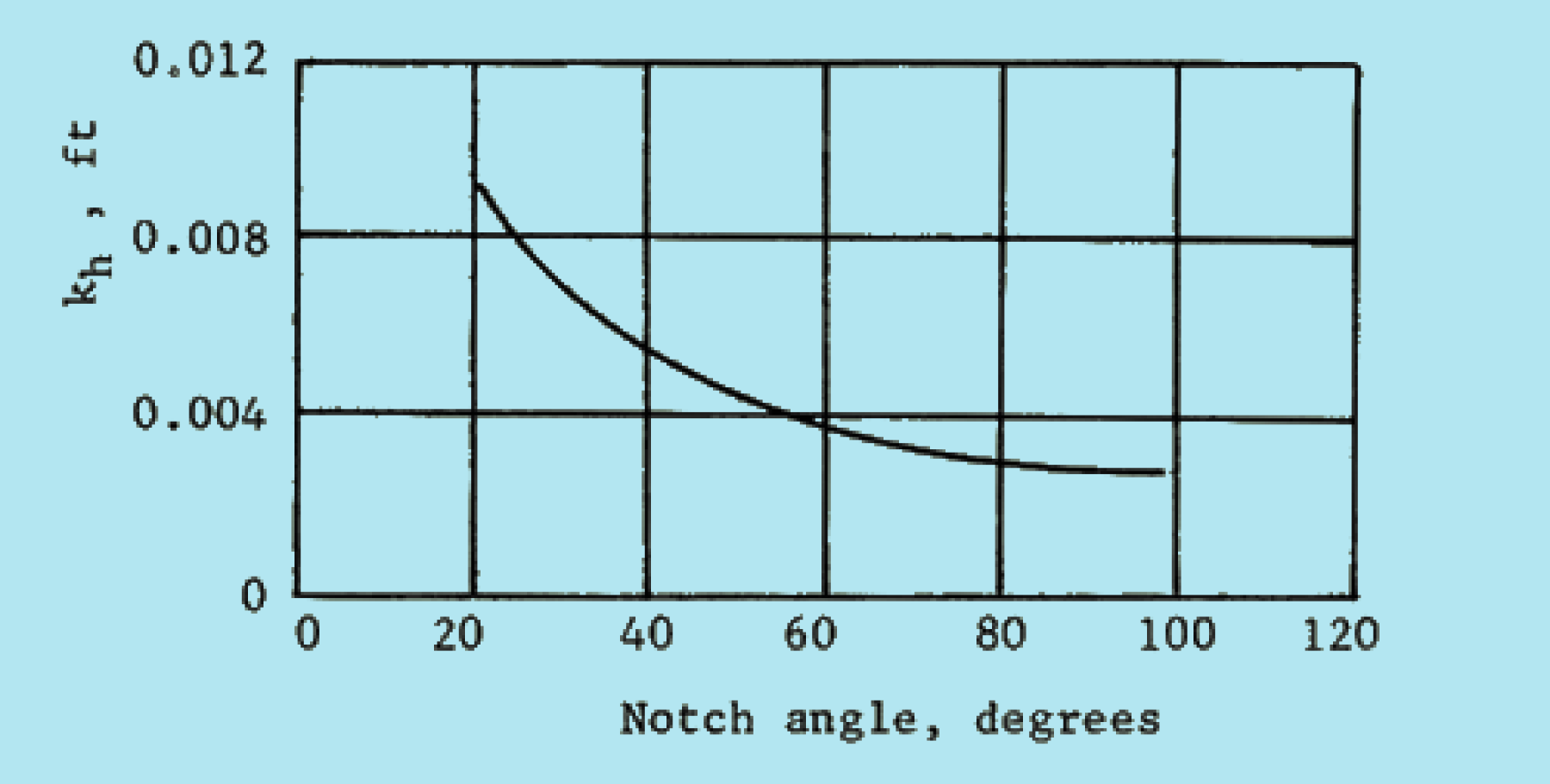
Note that the equation and correction factors apply to fully contracted V-notches. Partially contracted (90º)V-notches rely on different Ce values.
Image: The Devon Karst Research Society
Sources: Kuhlin, G. and Compton, P., A Guide to Methods and Standards for the Measurement of Water Flow, Special Publication 421, National Bureau of Standards, 1975, British Standards Institution, Standard No. 2680-4A, Methods of Measurement of Liquid Flow in Open Channels: Part 4A, Thin Plate Weirs and Venturi Flumes, 1965
Related Blog Posts
Explore more insights in our blog.

LOCATIONS IN ATLANTA, GA & BOISE, ID


